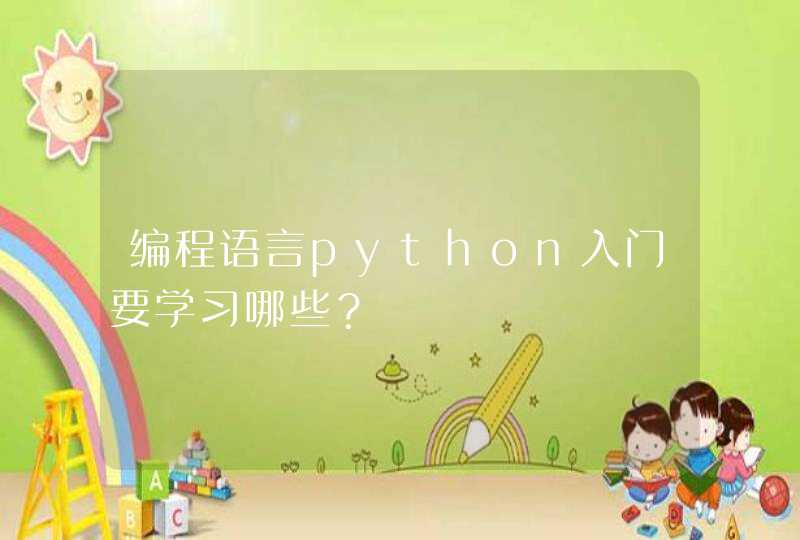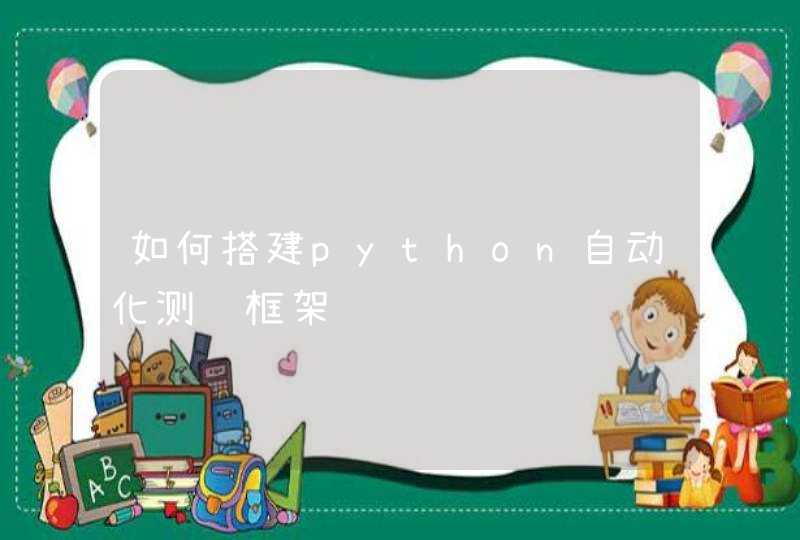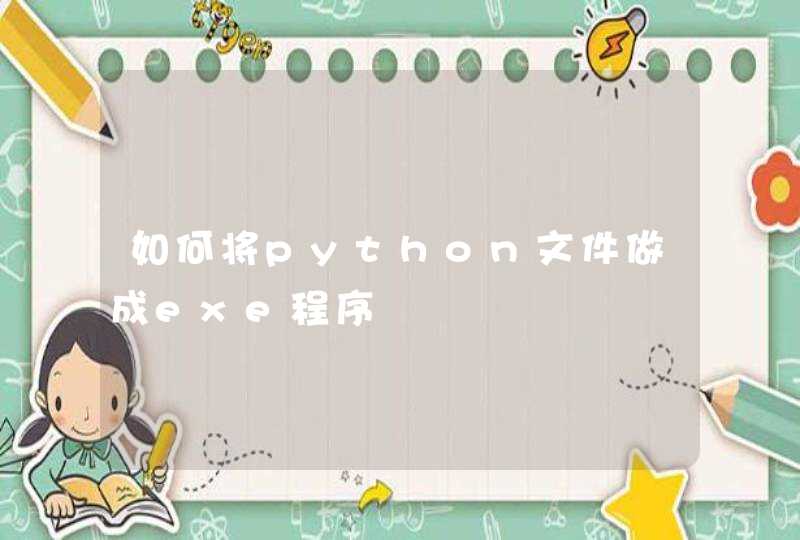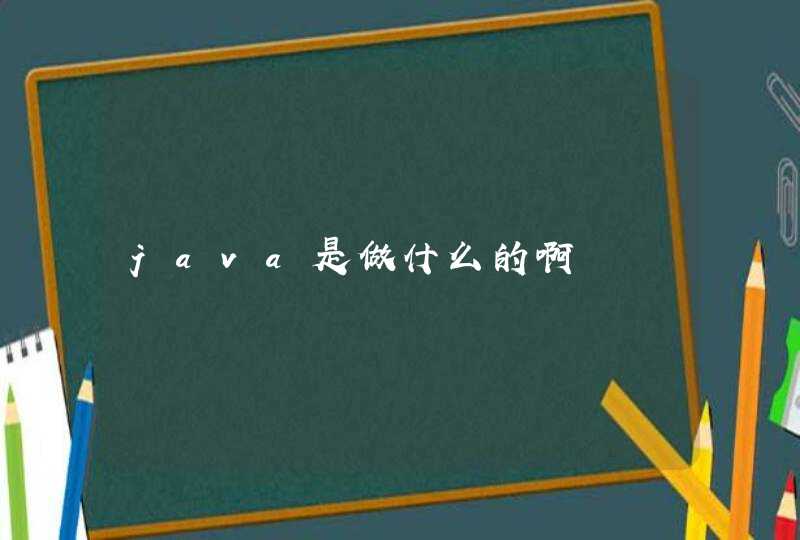
2、下面为C语言的错误大全及中文解释:
1: Ambiguous operators need parentheses — 不明确的运算需要用括号括起
2: Ambiguous symbol xxx — 不明确的符号
3: Argument list syntax error — 参数表语法错误
4: Array bounds missing — 丢失数组界限符
5: Array size toolarge — 数组尺寸太大
6: Bad character in paramenters — 参数中有不适当的字符
7: Bad file name format in include directive — 包含命令中文件名格式不正确
8: Bad ifdef directive synatax — 编译预处理ifdef有语法错
9: Bad undef directive syntax — 编译预处理undef有语法错
10: Bit field too large — 位字段太长
11: Call of non-function — 调用未定义的函数
12: Call to function with no prototype — 调用函数时没有函数的说明
13: Cannot modify a const object — 不允许修改常量对象
14: Case outside of switch — 漏掉了case 语句
15: Case syntax error — Case 语法错误
16: Code has no effect — 代码不可能执行到
17: Compound statement missing{ — 分程序漏掉"{"
18: Conflicting type modifiers — 不明确的类型说明符
19: Constant expression required — 要求常量表达式
20: Constant out of range in comparison — 在比较中常量超出范围
21: Conversion may lose significant digits — 转换时会丢失意义的数字
22: Conversion of near pointer not allowed — 不允许转换近指针
23: Could not find file xxx — 找不到XXX文件
24: Declaration missing — 说明缺少";"
25: Declaration syntax error — 说明中出现语法错误
26: Default outside of switch — Default 出现在switch语句之外
27: Define directive needs an identifier — 定义编译预处理需要标识符
28: Division by zero — 用零作除数
29: Do statement must have while — Do-while语句中缺少while部分
30: Enum syntax error — 枚举类型语法错误
31: Enumeration constant syntax error — 枚举常数语法错误
32: Error directive :xxx — 错误的编译预处理命令
33: Error writing output file — 写输出文件错误
34: Expression syntax error — 表达式语法错误
35: Extra parameter in call — 调用时出现多余错误
36: File name too long — 文件名太长
37: Function call missing ) — 函数调用缺少右括号
38: Fuction definition out of place — 函数定义位置错误
39: Fuction should return a value — 函数必需返回一个值
40: Goto statement missing label — Goto语句没有标号
41: Hexadecimal or octal constant too large — 16进制或8进制常数太大
42: Illegal character x — 非法字符x
43: Illegal initialization — 非法的初始化
44: Illegal octal digit — 非法的8进制数字 A
45: Illegal pointer subtraction — 非法的指针相减
46: Illegal structure operation — 非法的结构体操作
47: Illegal use of floating point — 非法的浮点运算
48: Illegal use of pointer — 指针使用非法
49: Improper use of a typedefsymbol — 类型定义符号使用不恰当
50: In-line assembly not allowed — 不允许使用行间汇编
51: Incompatible storage class — 存储类别不相容
52: Incompatible type conversion — 不相容的类型转换
53: Incorrect number format — 错误的数据格式
54: Incorrect use of default — Default使用不当
55: Invalid indirection — 无效的间接运算
56: Invalid pointer addition — 指针相加无效
57: Irreducible expression tree — 无法执行的表达式运算
58: Lvalue required — 需要逻辑值0或非0值
59: Macro argument syntax error — 宏参数语法错误
60: Macro expansion too long — 宏的扩展以后太长
61: Mismatched number of parameters in definition — 定义中参数个数不匹配
62: Misplaced break — 此处不应出现break语句
63: Misplaced continue — 此处不应出现continue语句
64: Misplaced decimal point — 此处不应出现小数点
65: Misplaced elif directive — 不应编译预处理elif
66: Misplaced else — 此处不应出现else
67: Misplaced else directive — 此处不应出现编译预处理else
68: Misplaced endif directive — 此处不应出现编译预处理endif
69: Must be addressable — 必须是可以编址的
70: Must take address of memory location — 必须存储定位的地址
71: No declaration for function xxx — 没有函数xxx的说明
72: No stack — 缺少堆栈
73: No type information — 没有类型信息
74: Non-portable pointer assignment — 不可移动的指针(地址常数)赋值
75: Non-portable pointer comparison — 不可移动的指针(地址常数)比较
76: Non-portable pointer conversion — 不可移动的指针(地址常数)转换
77: Not a valid expression format type — 不合法的表达式格式
78: Not an allowed type — 不允许使用的类型
79: Numeric constant too large — 数值常太大
80: Out of memory — 内存不够用
81: Parameter xxx is never used — 能数xxx没有用到
82: Pointer required on left side of ->— 符号->的左边必须是指针
83: Possible use of xxx before definition — 在定义之前就使用了xxx(警告)
84: Possibly incorrect assignment — 赋值可能不正确
85: Redeclaration of xxx — 重复定义了xxx
86: Redefinition of xxx is not identical — xxx的两次定义不一致
87: Register allocation failure — 寄存器定址失败
88: Repeat count needs an lvalue — 重复计数需要逻辑值
89: Size of structure or array not known — 结构体或数给大小不确定
90: Statement missing — 语句后缺少";"
91: Structure or union syntax error — 结构体或联合体语法错误
92: Structure size too large — 结构体尺寸太大
93: Sub scripting missing ] — 下标缺少右方括号
94: Superfluous &with function or array — 函数或数组中有多余的"&"
95: Suspicious pointer conversion — 可疑的指针转换
96: Symbol limit exceeded — 符号超限
97: Too few parameters in call — 函数调用时的实参少于函数的参数不
98: Too many default cases — Default太多(switch语句中一个)
99: Too many error or warning messages — 错误或警告信息太多
100: Too many type in declaration — 说明中类型太多
101: Too much auto memory in function — 函数用到的局部存储太多
102: Too much global data defined in file — 文件中全局数据太多
103: Two consecutive dots — 两个连续的句点
104: Type mismatch in parameter xxx — 参数xxx类型不匹配
105: Type mismatch in redeclaration of xxx — xxx重定义的类型不匹配
106: Unable to create output file xxx — 无法建立输出文件xxx
107: Unable to open include file xxx — 无法打开被包含的文件xxx
108: Unable to open input file xxx — 无法打开输入文件xxx
109: Undefined label xxx — 没有定义的标号xxx
110: Undefined structure xxx — 没有定义的结构xxx
111: Undefined symbol xxx — 没有定义的符号xxx
112: Unexpected end of file in comment started on line xxx — 从xxx行开始的注解尚未结束文件不能结束
113: Unexpected end of file in conditional started on line xxx — 从xxx 开始的条件语句尚未结束文件不能结束
114: Unknown assemble instruction — 未知的汇编结构
115: Unknown option — 未知的操作
116: Unknown preprocessor directive: xxx — 不认识的预处理命令xxx
117: Unreachable code — 无路可达的代码
118: Unterminated string or character constant — 字符串缺少引号
119: User break — 用户强行中断了程序
120: Void functions may not return a value — Void类型的函数不应有返回值
121: Wrong number of arguments — 调用函数的参数数目错
122: xxx not an argument — xxx不是参数
123: xxx not part of structure — xxx不是结构体的一部分
124: xxx statement missing ( — xxx语句缺少左括号
125: xxx statement missing ) — xxx语句缺少右括号
126: xxx statement missing — xxx缺少分号
127: xxx declared but never used — 说明了xxx但没有使用
128: xxx is assigned a value which is never used — 给xxx赋了值但未用过
1、系统错误:这是指程序没有语法错误和逻辑错误,但程序的正常运行依赖于某些外部条件的存在,如果这些外部条件缺失,则程序将不能运行。
2、语法错误:这是指程序中含有不符合语法规定的语句,例如关键字或符号书写错误(将printf写成print、将数组元素引用写成a(2)等)、使用了未定义的变量、括号不配对等。
3、逻辑错误:这是指程序中没有语法错误,可以通过编译、连接生成可执行程序,但程序运行的结果与预期不相符的错误。
扩展资料:C语言程序的特点
1、采用结构化的控制语句,是完全模块化和结构化的语言。
2、数据类型丰富,具有现代语言的各种数据结构
3、语法限制不太严格,程序设计自由度大,同时也意味着容错性差。
4、允许直接访问屋里内存,能进行位操作,能实现汇编语言的大部分功能,可直接对硬件进行操作,兼有高级和低级语言的特点。
5、目标代码质量高,程序执行效率高(比汇编程序生成的目标代码低10%-20%)
6、允许在编译之前使用预处理命令,提高编程效率。
7、以内存使用为核心。
8、C语言程序是由函数构成的。一个源程序不论有多少个文件组成,包含多少个函数,都有且一个 main 函数,及主函数。一个程序总是从 main 函数开始执行,而不论 main 函数在程序什么位置,程序的执行也结束于主函数,其他函数通过函数调用被执行。
9、函数都要有类型说明,放在函数名前,如 void 表示空类型,没有返回值。
10、函数体内语句一般按四大功能顺次排列,即首先对变量与函数做声明 ——>变量赋初值 ——>数据计算与处理 ——>输出结果。





































































